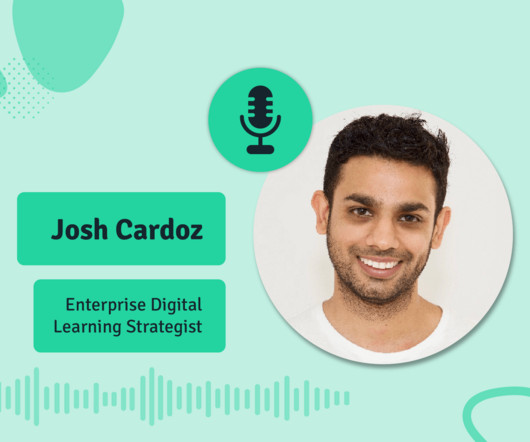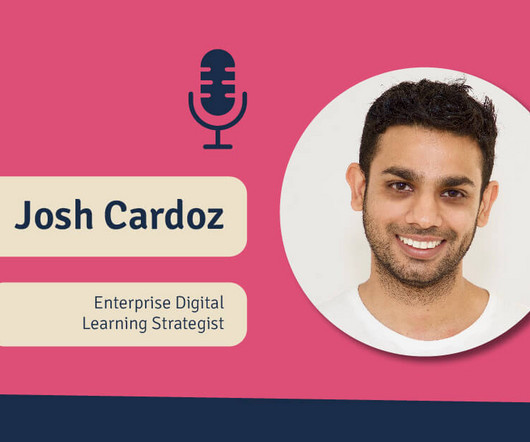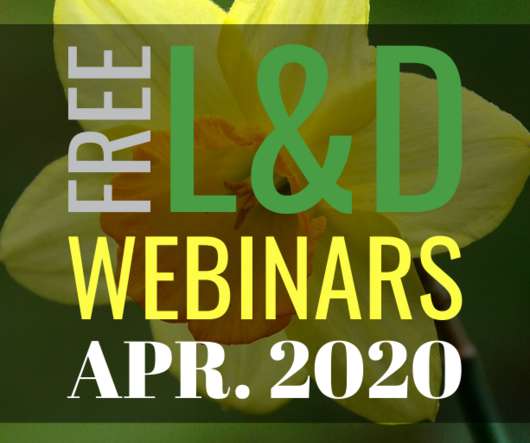Measurement & ROI for Social & Network Learning
Experiencing eLearning
JUNE 18, 2009
Reasons to measure learning: Prove benefits. Support learning. Traditionally, we focus only on the training intervention & formal learning. Hopefully that leads to OTJ performance, then individual fulfillment and organizational results. This can be the social network. Improve design.










































Let's personalize your content